Acidity is one of the main structural components of a wine, but there’s so much more to it than just the role it plays in a wine’s overall balance.
More than Just a Sour Taste in Your Mouth
If you’ve spent any time watching Warren’s and my videos, or reading our blog posts, you know that acidity is the ne plus ultra of a wine for me. It’s one of the five main structural components of a wine. (The others are tannins, bitterness, sweetness, and mouthfeel). However, there’s so much more to acidity than just the role it plays in a wine’s overall balance.
Types of Acid in Wine
One of the reasons that wine is so remarkably shelf-stable is due to the unique properties of tartaric acid. Tartaric acid is one of the two primary acids that are derived from grapes. (The second is malic acid; the name refers to its abundance in apples.) You may be familiar with the conjugate salt of tartaric acid, also known as sodium bitartrate or cream of tartar. When mixed with baking soda, it becomes baking powder. Rarely found in other plants, tartaric acid occurs in unusually high concentrations in grapes.
Within the world of wine chemistry, it is known for lowering the pH of wine (and thus increasing the overall acidity) to the point that spoilage organisms and other microbes find it difficult to survive. Without this organic acid, the vintage wine market and cellar-ability of wines would look completely different.
Tartaric acid is also responsible for the color stability of wines. Over time, color compounds in wines with higher pH and lower acidity will slowly darken and degrade into brownish colors. However, wines with lower pH (and thus higher acidity) will retain their reddish color for much longer.
Tartaric Acid vs. Malic Acid
We tend to think of acidity in foods and drinks in general terms: an overall sour or tart flavor or even just a feeling on our tongue. However, tartaric acid and malic acid can have markedly different effects on the tongue and mouth during tasting. Tartaric acid tends to hit more on the tip of the tongue, while malic acid hits a little further back on the mid-portion of the tongue.
Between the two, though, tartaric aid is responsible for much more of the mouth-watering, jaw-clenching and/or “puckering” feeling that acidity in wine is associated with. Malic acid, on the other hand, is responsible for more of a green-apple-like acidity (unsurprising, given what it’s named after) and a more focused, localized prickle on specific parts of the tongue and mouth.
The Balance of Acidity vs. Sweetness
One of the reasons that sweet wines exist—beyond the fact that human beings have a sweet tooth—is that sugar remains a handy counterbalance to high acidity in wines. Anyone who’s ever made a batch of lemonade knows that there’s a perfect balance between sweetness and sourness in a drink. This is especially true of a drink that one is serving cold. Cold drives down the apparent sweetness and raises the apparent sourness. German Rieslings are a prime example of when sugar content in wines isn’t just a matter of preference; it’s basically a necessity.
That being said, there are cases in which high acidity in wines can be a selling point. Take the case of New Zealand Sauvignon Blancs, which really began gaining popularity in America in the mid-2000s. Their primary attribute is a screamingly high acidity, backing up flavor notes of grapefruit, gooseberry, and fresh-cut grass. Many people disliked them at first sip—myself included. Over time, though, I began to realize the importance of acidity in wine with regard to food pairing. And that brings me to my main point.
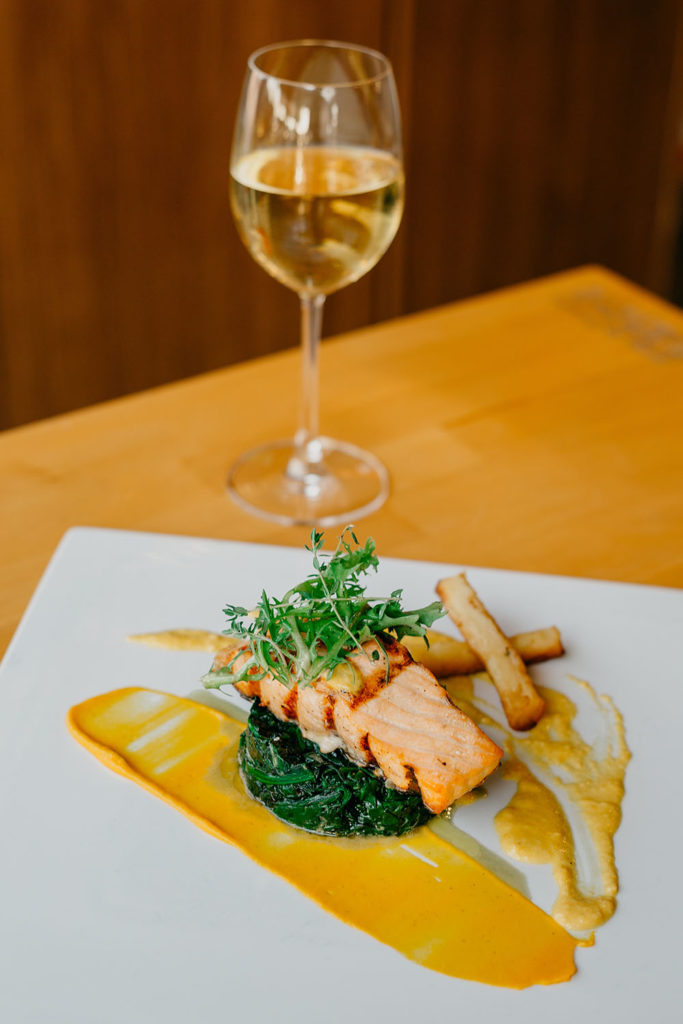
Shelf stability, color retention, and flavor dynamics are all fun to study from a scientific perspective. However, wine is and will remain first and foremost a consumable—and more to the point, a pleasurable consumable. While many Americans consume wine on its own, I remain committed to the sometimes-science, mostly-art of food and wine pairing. And that’s where the acidity of a wine really shines.
Acidity and Pairings
A wine’s acid structure is what allows such a versatility of pairings as putting an Albariño alongside a pungent fish dish; a Cabernet Franc alongside roasted brussels sprouts; or a Syrah alongside a more salt-driven stew. In each of those cases, the acidity of the wine acts as a “knife” cutting through some strong aspect of the food—respectively, the strong fishy flavor; the green-vegetal character; and the overall saltiness of the dish. This isn’t the case for wine alone. Look at the profusion of acidic beverages across human culture: lemonade, sodas, beer, and coffee, to name just a few.
Whether we know it consciously or not, our palates crave organic acids, much in the same way they crave salt and protein. At a gustatory level, we find them pleasant (in moderation!). At a cellular level, they’re useful in the overall functions that our bodies have to perform. Wine just happens to be a handy delivery vehicle for a couple of them, and by happenstance is also a wonderful food pairing. To quote Red Letter Media, “You may not have noticed it…but your brain did.”
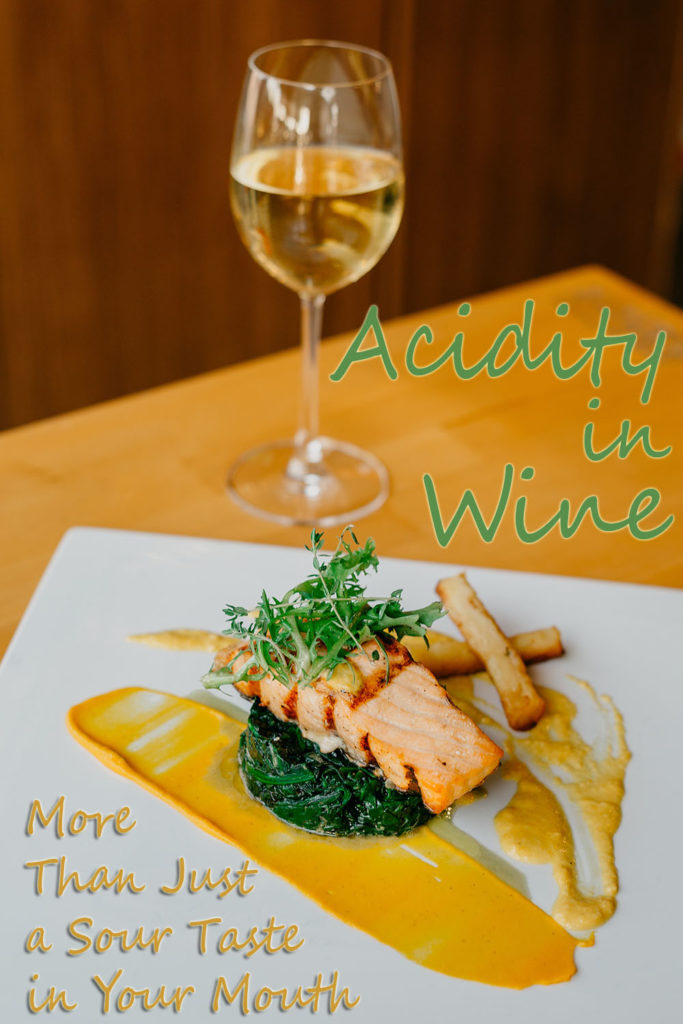


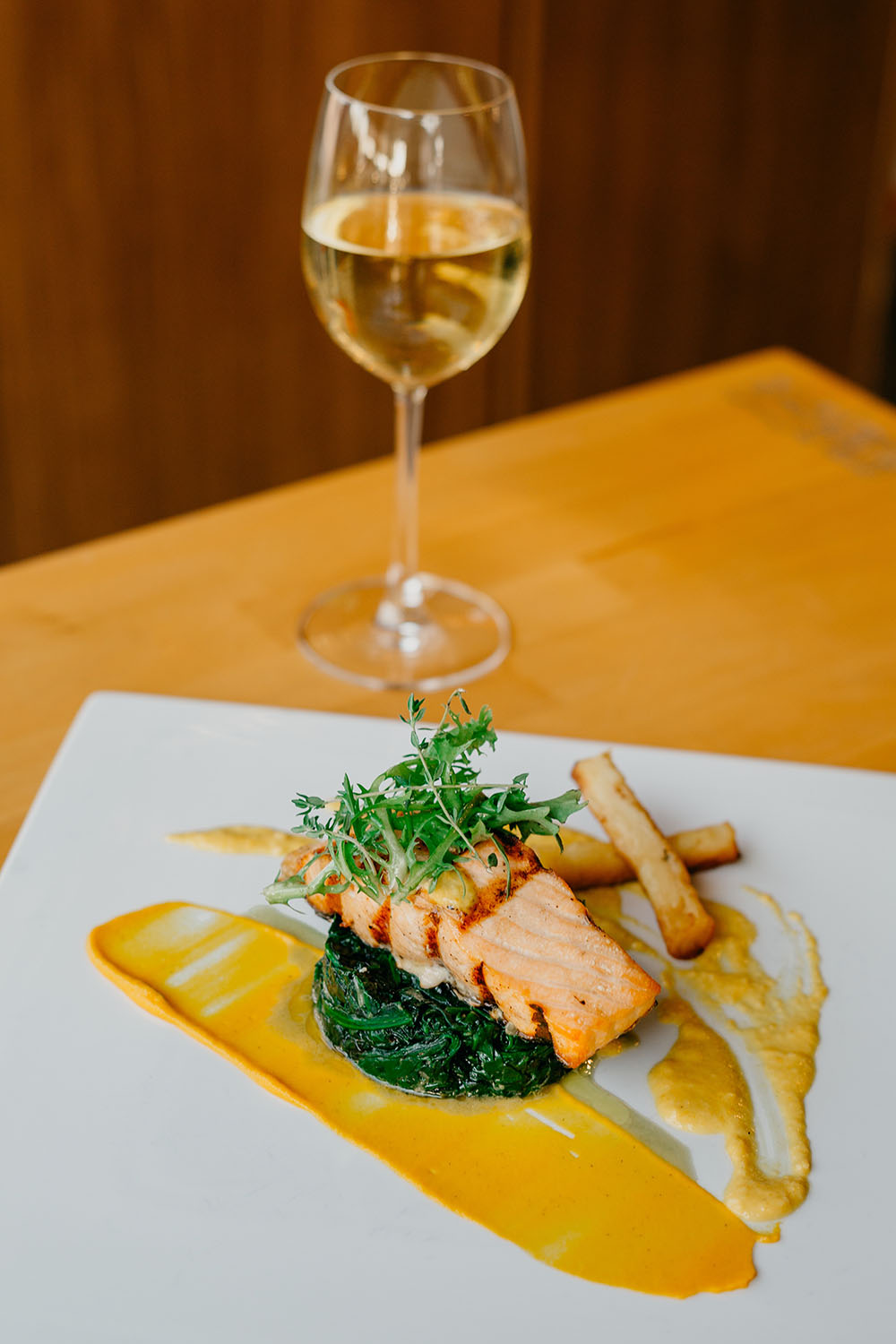
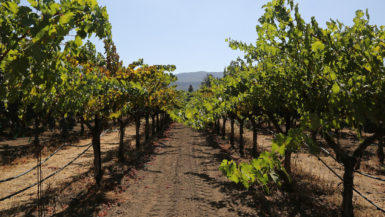
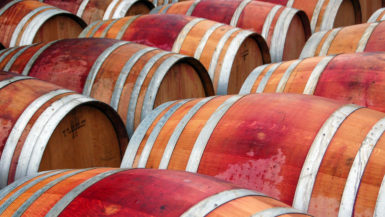
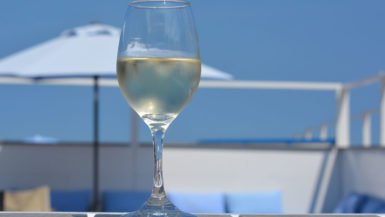
Leave a reply